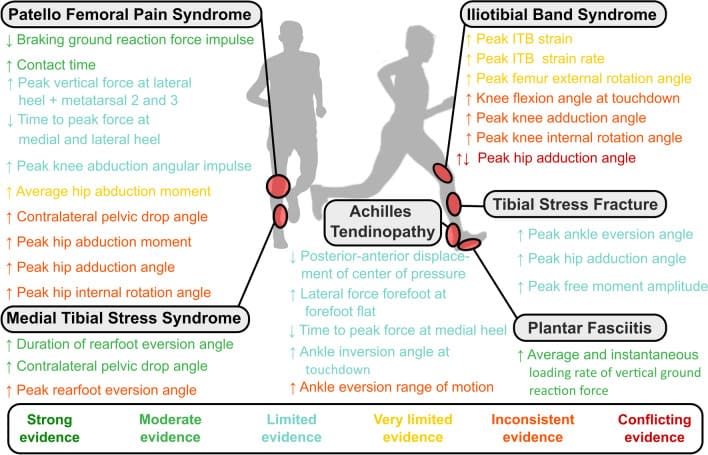Many people worry that running is bad for their knees and can lead to long-term joint damage. Some believe that running causes osteoarthritis or speeds up wear and tear on the joints. But is this true? Or is running actually beneficial for knee health? This article will explore the science behind running and joint health, breaking down common myths and providing evidence-based answers. Whether you’re an experienced runner or contemplating taking your first strides, this comprehensive guide will equip you with essential insights on how to safeguard your knees while enjoying an active lifestyle.
Are runners more likely to get Arthritis?
Many assume that runners are more prone to developing arthritis due to the high-impact nature of the sport. However, research shows that recreational running can actually help prevent knee osteoarthritis by improving joint health and increasing synovial fluid circulation, which cushions the knee cartilage. Long-distance running may increase risk factors for knee pain if done without proper recovery or if previous injuries exist. The risks for recreational runners are low, it is only elite athletes that appear to have an increased risk of osteoarthritis. This is likely due just to the sheer volume and intensity of exercise they undertake (1).
Does running cause long-term damage?
The concern that running leads to long-term joint damage is largely a myth (with the caveat that you are reading this as a recreational runner and not an elite runner!). Running regularly maintains healthy muscles and tendons around the knee (2). It also helps maintain a healthy weight, reducing the strain on joints. However, runners’ knees can be affected by overtraining, poorly selected footwear, or running on hard surfaces without adequate recovery.
The below image has been widely shared on social media but is a perfect example of regular exercise helping to preserve muscle health in later life:
Image source:Chronic exercise preserves lean muscle mass in masters athletes
Does running strengthen or weaken joints?
Contrary to popular belief, running can improve joint health rather than harm it. Regular running improves joint strength by stimulating cartilage growth and increasing synovial fluid production. Running, along with a customised strength and conditioning programme, can strengthen the knee and hip joints, which lowers the risk of injuries.
How much force does running put on joints?
Running does put force on the knee and hip joints, but the body is designed to absorb and adapt to these stresses. Research shows that the knee joint experiences force up to 4-13 times a person’s body weight while running. However, these forces do not necessarily translate into damage unless improper running techniques, overuse, or poor recovery practices are involved.
The effects of biomechanics have largely been shown to be injury specific with a summary of risk factors illustrated in the diagram below from a 2019 systematic review by Ceyssens et al (3).
Is running on grass better for your knees?
Running on softer surfaces like grass or trails can reduce the impact on the knee joint compared to concrete or asphalt. Research suggests that alternating running surfaces can help minimise wear and tear on the joints.
Key takeaways:
- Running does not automatically increase the risk of knee osteoarthritis or arthritis.
- Rest days and controlled weekly running mileage help reduce the risk of injury.
- Running can improve joint health rather than harm it when done correctly.
If you want to run safely and enjoy the benefits, focus on injury prevention strategies, listen to your body, and seek advice from a physiotherapist when needed.
Book an appointment
References:
- Alentorn-Geli, E, Samuelsson, K, Musahl, V et al. Journal of Orthopaedic & Sports Physical Therapy 31, 2017; 47 (6) Pages 373-390 https://www.jospt.org/doi/10.2519/jospt.2017.7137
- Wroblewski AP, Amati F, Smiley MA, Goodpaster B, Wright V. Chronic exercise preserves lean muscle mass in masters athletes. Phys Sportsmed. 2011 Sep;39(3):172-8. doi: 10.3810/psm.2011.09.1933. PMID: 22030953.
- Ceyssens, L., Vanelderen, R., Barton, C. et al. Biomechanical Risk Factors Associated with Running-Related Injuries: A Systematic Review. Sports Med 49, 1095–1115 (2019). https://doi.org/10.1007/s40279-019-01110-z

